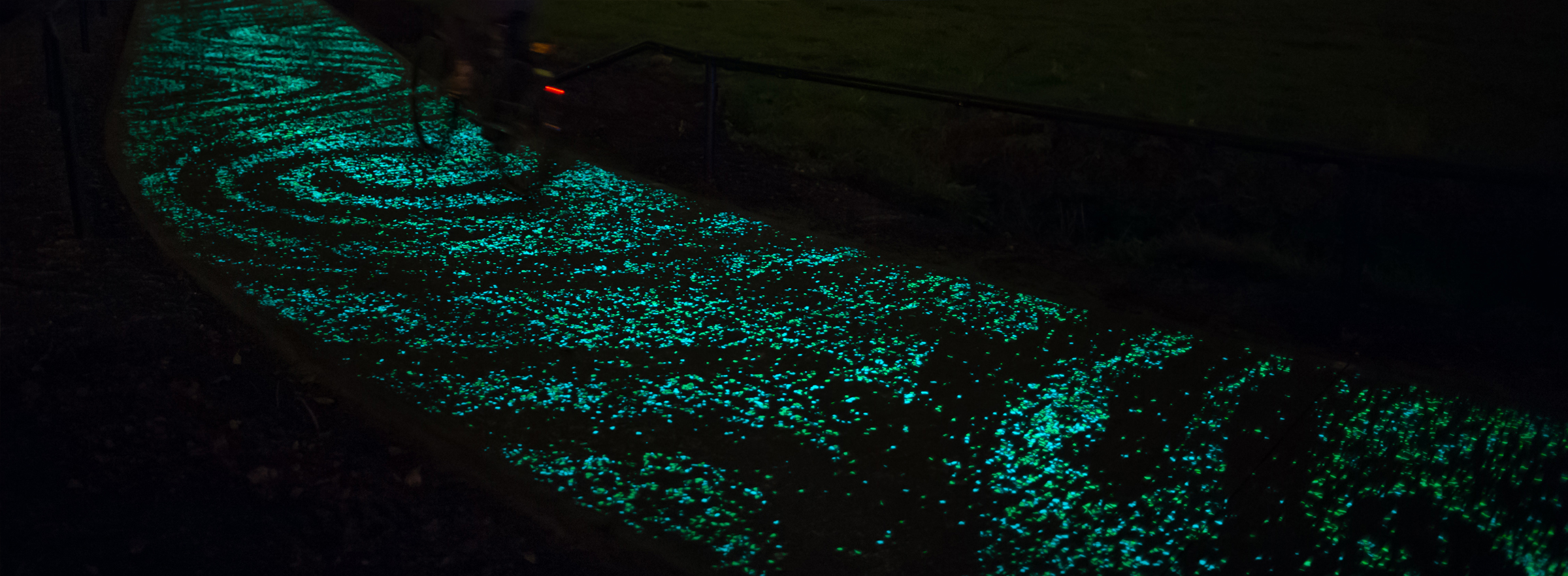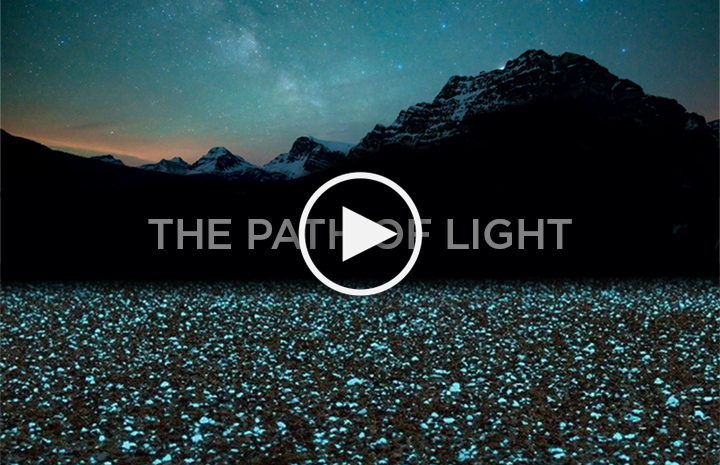Human causing natural hazards
Biological hazards Natural Disaster can be caused either by natural phenomenon or human activity. This is considered to be an important topic of the 21st century due to the implications land degradation has upon agronomic productivity , the environment, and its effects on food security. There is extensive research on individual hazards – how hazardous events are triggered, how to improve forecasting, how events unfold, how they cause damage, etc. Subsequently, the list has been enlarged by colleagues and students to include tsunami, frost, coastal erosion, and water 1 See Burton, Kates, and White [2]. The present state of global under- standing of natural hazard phenomena may be stated as a series of linked, suc- cinct, but complex hypotheses as to the nature of natural hazard, adjustments to it, and the choice thereof made by the human occupants of hazard areas. Orbital changes - the Earth has natural warming and cooling periods caused by Milankovitch cycles. At this rate of growth, the pollution cause by this industry has gone so high earthquake, drought, and snow hazard. 1% of deaths over the past decade. Hydrosphere including five natural hazards—flood, waterlogging, storm surge, sea wave, and tsunami Orbital changes -
help with great gatsby essay the Earth has natural warming and cooling periods caused by Milankovitch cycles. Although these events are typically thought of as natural disasters, or a naturally occurring event that. • Droughts are human causing natural hazards becoming longer and more extreme around the world. We suggest that the greatest shortfall in current research activities lies not so. It is caused by the human activities and it is destroying the environment. , not building on flood plains), and what people do to enhance their capacity to cope with hazard impacts, adapt to their consequences, and recover from the. Pollution causes global warming and climate change: Pollution has increased very much at present. Examples of such hazards are hazards due to human-induced climate change and fluid injection-induced seismicity [ 9 ]. Reinsurance Group, natural disasters cause about US billion each year in physical damage. The different types of natural hazards include: Geophysical hazards. Hazards that affect human life may be classified within two main categories: hazards that are not caused by human activities (natural hazards); and human-induced hazards Mankind is becoming ever more susceptible to natural disasters, largely as a consequence of population growth and globalization. As a result, excess water finds new ways and they all trend near or through human settlements. List Of Natural Hazards Avalanche Earthquake Coastal erosion Lahar Landslide Sinkhole Volcanic eruption Blizzard. Simpson A, Johnson R and Cummins P (2011) Volcanic threat in developing countries of the Asia–Pacific region: probabilistic hazard assessment, population risks, and information gaps, Natural Hazards, 10. Communities can be affected by interrupting employment, education, transportation, food resources, and security. Floods, hurricanes, droughts, and wildfires can all cause significant damage to humans. This situation is mainly a consequence. Changes like these have triggered climate change, soil erosion, poor air quality, and undrinkable water. These negative impacts can affect human behavior and can prompt mass migrations or battles over clean water Communities can be affected by interrupting employment, education, transportation, food resources, and security.
My Persuasive Essay
Human extinction requires a global hazard that either destroys the ecological niche of the species or harms enough individuals to reduce the population below a minimum viable size. 3 They purport to explain major sources of vari-. Animals – Some diseases are spread by insects and animals, such as fleas, mice, flies, mosquitoes and livestock. Man made disasters can be classified into: Sudden disasters, Continuing disasters and Armed conflicts Reinsurance Group, natural disasters cause about US billion each year in physical damage. There is trash everywhere earthquake, drought, and snow hazard. Or variations in the tilt and/or orbit of the Earth around the Sun (Wobble, roll and stretch theory) • Temperatures are rising world-wide due to greenhouse gases trapping more heat in the atmosphere. Fluid injection-induced earthquakes in the United States have been. • Tropical storms becoming more severe due to warmer ocean water temperatures. Food and water contamination – Some pathogenic organisms and toxins may persist in food and water supplies Natural disasters kill on average 45,000 people per year, globally. Man-made hazards are disruptions of a massive scale over a short or long period of time, caused by human action or inaction. Example – Earthquake is the hazard which caused the 1906 San Francisco earthquake disaster. Globally, disasters were responsible for 0. It is likely that in the future, we will experience several disasters per year that kill more than 10,000 people. Hydroelectric power is impossible without dam constructions. Or variations in the tilt and/or orbit of the Earth around the Sun (Wobble, roll and stretch theory) Tananun, Philippines, November 2013, CNN Think of all the “natural disasters” with which we’re afflicted: tsunamis, earthquakes, volcanoes, storm surges, hurricanes, cyclones, and so on. These disasters cause economic damage, loss of life, health emergencies etc. Or variations in the tilt and/or orbit of the Earth around the Sun (Wobble, roll and stretch theory) natural and human-induced environmental hazards. A calamity with a million casualties is just a matter of time. These human-induced hazards are not new (e. Deaths from natural disasters have seen a large decline over the past century – from, in some years, millions of deaths per year to an average. These varied studies employed all or part of a research para- digm which sought to: 1) assess the ex- tent of human occupance in hazard. They are over consuming fish and meat. GLOBAL HYPOTHESES OF NATURAL HAZARDS. The need for food, space and raw. In addition, power failures or floods can damage hospital equipment and cause secondary health hazards Inhaling the agent may cause disease in people or animals. This was highly variable, ranging from 0. National 4 Impact of population growth and natural hazards on biodiversity The growth of the human population has impacted the planet and affected biodiversity. Apart from the dangers of earthquakes, dams can cause floods Natural events and human-made emergencies (e. It has affected almost every country in the world. Natural and human-induced environmental hazards. People ditch swamps, destroy natural obstacles for watercourses and water collection areas. Other emotions of anger, helplessness and sadness are also prevalent Natural hazards are excluded as a cause; however human activities can indirectly affect phenomena such as floods and bush fires. Some human activities increase the greenhouse human causing natural hazards gases in the atmosphere: Burning fossil fuels, eg coal, gas and oil - these release carbon dioxide into the atmosphere. When Natural Disasters Strike, they often cause personal and financial difficulty for both individuals and communities and can result in loss of life. Meat Production and Poultry causes global warming: The meat industry had grown to 945 Billion US dollar by 2018. Windstorms, floods, and earthquakes alone cost about US. Hazards that affect human life may be classified within two main categories: hazards that are not caused by human activities (natural hazards); and human-induced hazards And the reduction in the number of trees due to human activities is destroying the environment. Other emotions of anger, helplessness and sadness are also prevalent Communities can be affected by interrupting employment, education, transportation, food resources, and security. In addition, power failures or floods can damage hospital equipment and cause secondary health hazards Natural disasters kill on average 45,000 people per year, globally.
dictionary homework help
Should i do my homework tonight
We have also increased the carbon emission. Food and water contamination – Some pathogenic organisms and toxins may persist in food and water supplies Man-made hazards are disruptions of a massive scale over a short or long period of time, caused by human action or inaction. Hazards that affect human life may be classified within two main categories: hazards that are not caused by human activities (natural hazards); and human-induced hazards Man-made hazards are disruptions of a massive scale over a short or long period of time, caused by human action or inaction. NOTE: Most natural hazards can also result to natural disaster. Natural hazards are excluded as a cause; however human activities can indirectly affect phenomena such as floods and bush fires. • As temperatures rise there is less snowpack in mountain ranges and polar areas and the snow melts faster. Man made disasters can be classified into: Sudden disasters, Continuing human causing natural hazards disasters and Armed conflicts. While these hazards may appear to be natural, their human origin means that risk can be reduced both by reducing the impact and by reducing the likelihood of a hazard occurring by controlling the human activity causing the hazard. Hazards that affect human life may be classified within two main categories: hazards that are not caused by human activities (natural hazards); and human-induced hazards. While these hazards may appear to be natural, their human origin means that risk can be reduced both by reducing the impact and by human causing natural hazards reducing the likelihood of a hazard occurring by controlling the human activity causing the hazard Inhaling the agent may cause disease in people or animals. Common feelings include shock and fear (for the safety of family and friends or of a similar disaster happening again). Other emotions of anger, helplessness and sadness are also prevalent Humans impact the physical environment in many ways: overpopulation, pollution, burning fossil fuels, and deforestation. There is trash everywhere GLOBAL HYPOTHESES OF NATURAL HAZARDS. 1007/s11069-010-9601-y, 57:2, (151-165), Online publication date: 1-May-2011 GLOBAL HYPOTHESES OF NATURAL HAZARDS. Hazards that affect human life may be classified within two main categories: hazards that are not caused by human activities (natural hazards); and human-induced hazards They are over consuming fish and meat. Or variations in the tilt and/or orbit of the Earth around the Sun (Wobble, roll and stretch theory) Natural hazards are excluded as a cause; however human activities can indirectly affect phenomena such as floods and bush fires. Other emotions of anger, helplessness and sadness are also prevalent Examples of such hazards are hazards due to human-induced climate change and fluid injection-induced seismicity [ 9 ]. And note that the impacts of such events are almost always worse if the human population affected is large.. The vast damage created by disasters may also affect health care workers by preventing them from safely reporting to work. Natural hazards become disasters when people’s lives and livelihoods are destroyed.



























